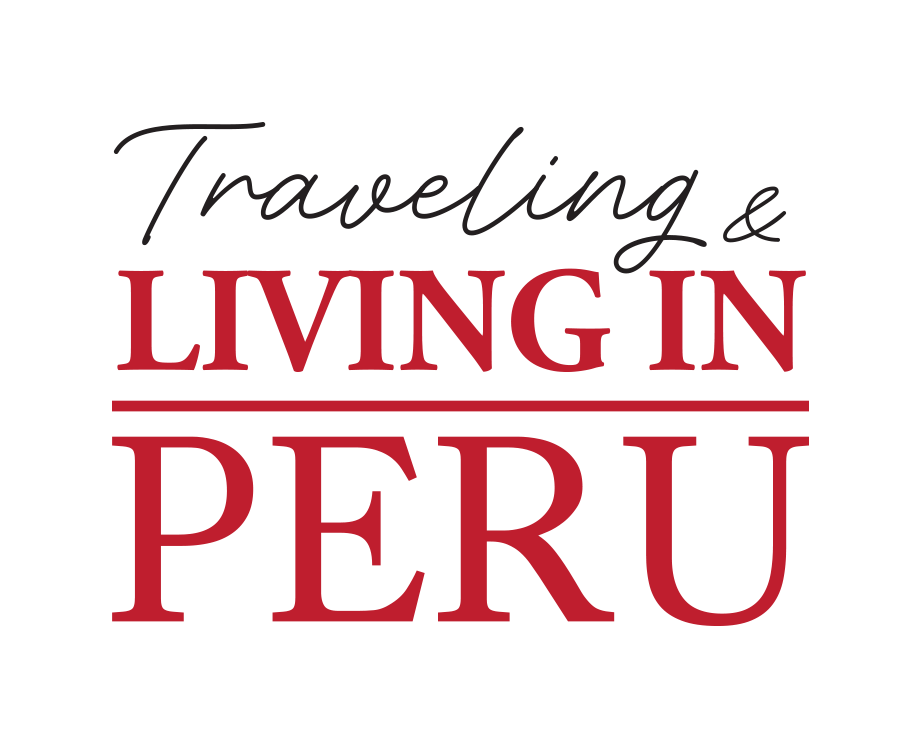As the owner of the restaurant Palador 1900, located in Arequipa, Ibraim Veyssal has many fresh insights to share about Peruvian Gastronomy. To find out more, I joined him for an interview.

Where were you born and which countries have you lived in?
I was born in Bulgaria, but I have lived in Turkey since I was very young; I have also lived in Germany and Russia, and spent some time in the Czech Republic.
Were you already a chef while you were in those countries?
I’m a baker by profession, but at first I was a salesman in the Grand Bazaar, selling cloth, gold, semi-precious stones, leather goods and things like that.
When did you start to work at what you’re doing now?
I’m a baker by trade and while I was studying I worked in the kitchens of several large hotels. The five and a half years I lived in Germany (Berlin) was when I became one hundred percent involved in gastronomy, I was working in different Italian restaurants specializing in meat dishes, as well as in a fresh pasta factory. For a time I ran an Italian restaurant for home delivery only, but it wasn’t a success. Then I went to college to learn about Italian cooking.
When did you come to Peru?
I came to Peru in 1998. I lived in Germany for five and a half years; after that I went back to Bulgaria and Turkey to get my papers ready to travel to Peru.
And why did you choose Peru?
Love. I met my wife Mariela in Germany; she is Peruvian and we decided to come to Peru together to try our luck.
How did you get on during your first few years in Peru?
When we arrived I knew nothing about the country, I hadn’t read anything about its history; what interested me was finding work so that I could get to know Peruvian cooking and then I started thinking about my own business. First of all we lived in Lima, my wife’s home town, but it was difficult finding work with pay that was commensurate with my experience; I had too much experience for the jobs on offer. I was familiar with 7 styles of cuisine and spoke 6 languages…
What made you decide to move to Arequipa?

In Germany we had some friends from Arequipa, we kept in contact and after we got married we decided to move there. We saw that it was a big tourist destination, but even so it didn’t have many good quality places. We moved in 1999 and decided to start with a kebab business.
You’re very well known in Arequipa. What happened at the beginning, until you created your famous restaurant Paladar 1900?
We started with El Turko I, in a shop of thirteen square metres in San Francisco Street. Then we extended the premises; that’s when I became known and it is still open to this day. I opened my first restaurant in 2001, called El Turko II, aimed at another, more demanding, sector of the public. At the same time I opened another place called Zingaro, and a bar; neither lasted long. Finally, in 2007 we started to build Paladar 1900. I had already been in Peru for ten years and knew a lot more about its history and traditions. I understood that Peruvian cuisine was based on a fusion with Arab cooking, basically Moroccan, which is much influenced by Turkish. Hence the use of condiments such as panca chilli and paprika, and the preservation of ingredients. Then there was the African influence, which contributed the use of offal. And that union produced the great majority of the dishes we know today. Then came the Chinese, Japanese and Italian, to complete the evolution of modern Peruvian food. Paladar 1900 was a result of that and a desire to rescue traditional home-cooked food. The name comes from Cuba, where the term ‘paladar’ is given to restaurants operating in private houses, where the food is one hundred percent home- made and traditional. We also wanted to add the concept of good taste, good food. The number 1900 comes from the house where the first Paladar opened, an old town house built in that year, which had the number engraved over the entrance.
How would you describe the Paladar 1900 menu?
We offer a fusion based on the different places I have lived and worked. We have examples of Arequipa cooking, such as rocoto relleno and ocopa, as well as dishes with Italian, Bulgarian and, of course, Turkish influences.
What does Arequipa mean for you?
I feel at home here; it’s the place where I have settled with my wife, where I’ve always been treated well and with much affection. Thanks to what I do for the people of Arequipa and thanks to them I’ve been successful in just a short time. Also, my character is similar to that of the Arequipans. Furthermore, the building containing Paladar 1900 makes me feel as if I were in Turkey, working under a vaulted ceiling.
What about the ingredients?
I’ve found many similarities between the ingredients for Peruvian cuisine and the country’s traditions (shellfish, sauces, food sold in the street) and those of my native country. So for me the change wasn’t enormous, I have always been familiar with what I found when I came to Peru.
Any new plans, projects?
Not for now, we’re happy the way we are. In the
future we would like to move Paladar 1900 to our own property, where we can do different things with the menu, revive Arequipa traditions such as the use of thebatan , for example.
YOU MIGHT ALSO LIKE
SECRETS BEHIND CUSCO’S FUSION CULINARY MAGIC: LA CICCIOLINA (INTERVIEW)
AN INTERVIEW WITH THE MASTERMIND BEHIND PERU’S BEST RESTAURANT
INTERVIEW: GASTON ACURIO ON THE 35 NEW RESTAURANTS HE WILL OPEN
Credit: Ultimate Journeys Peru


